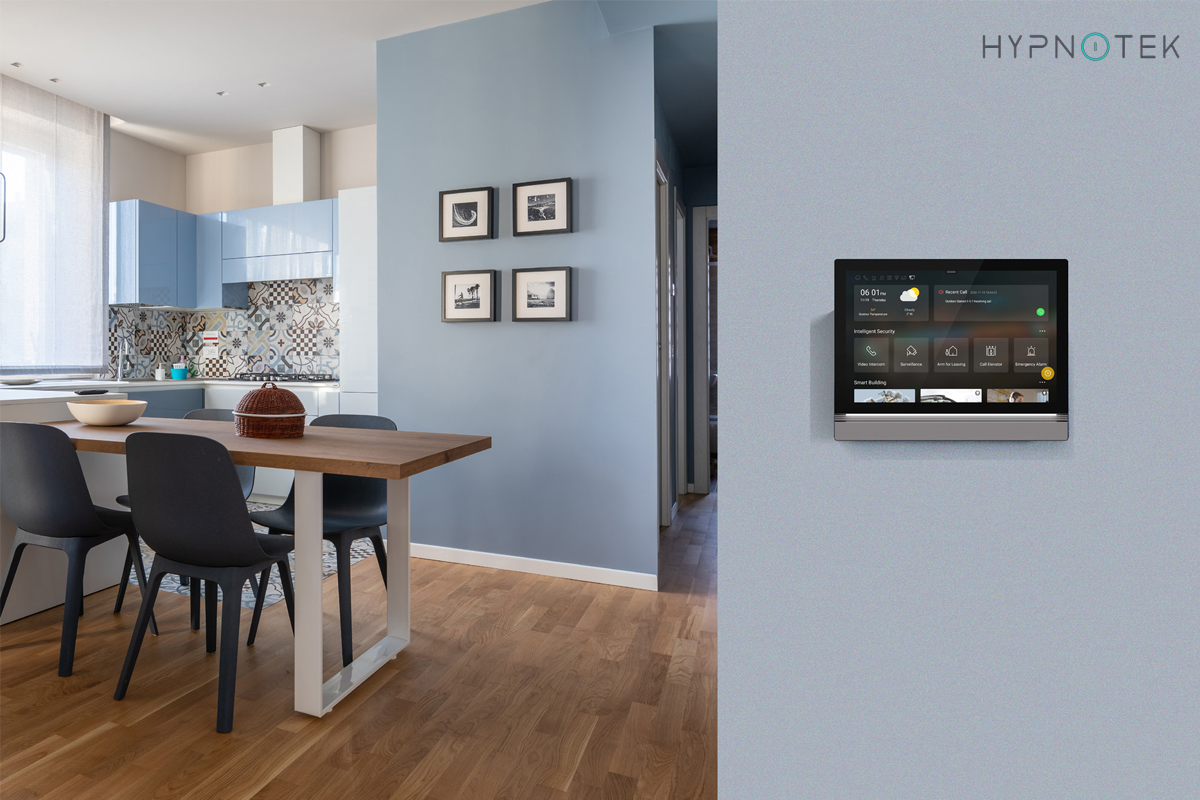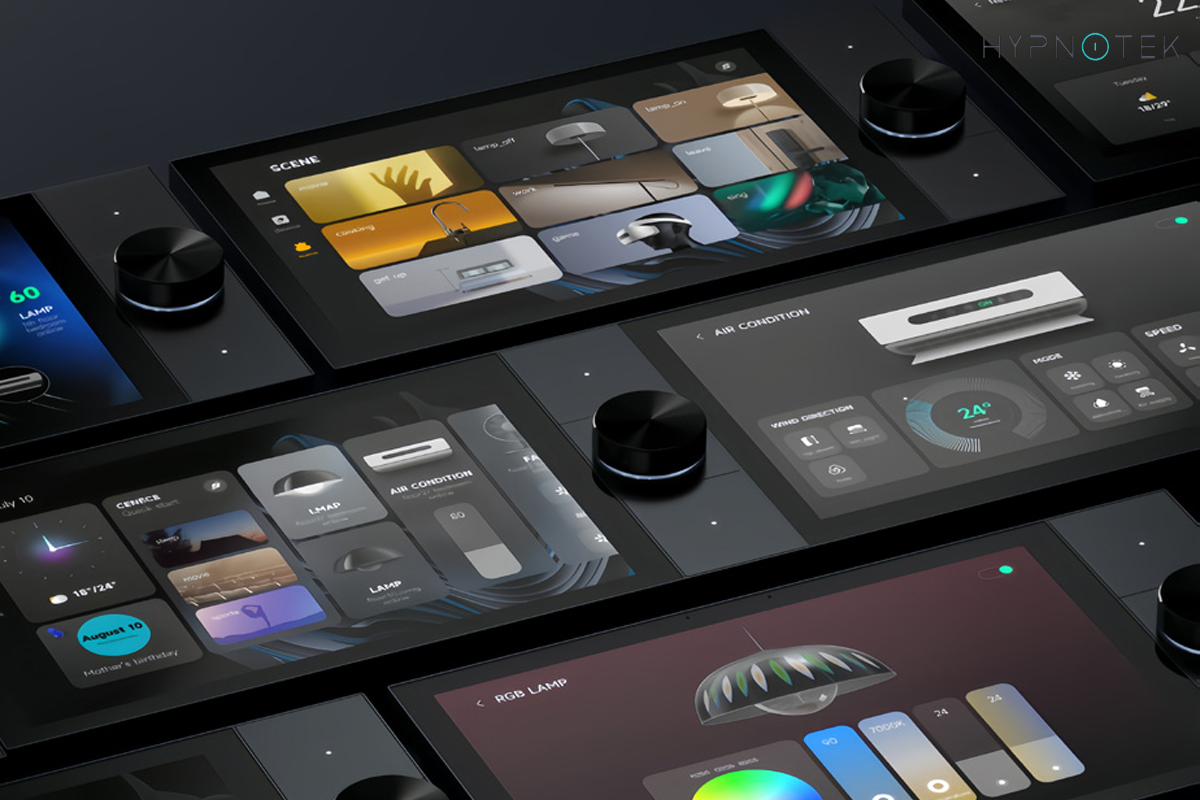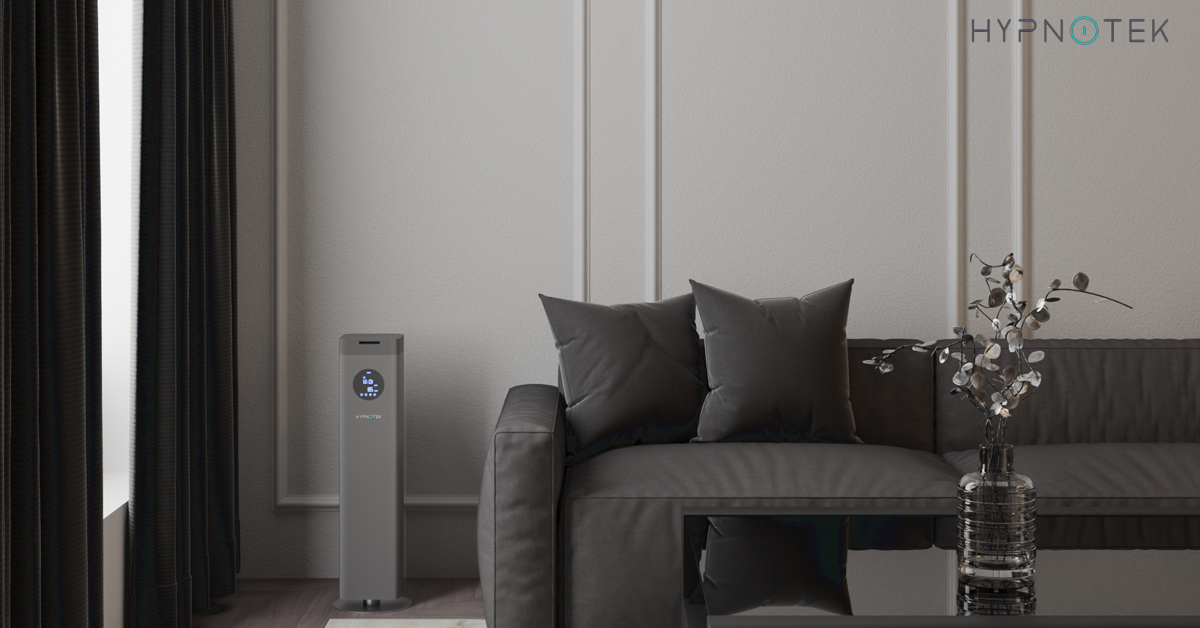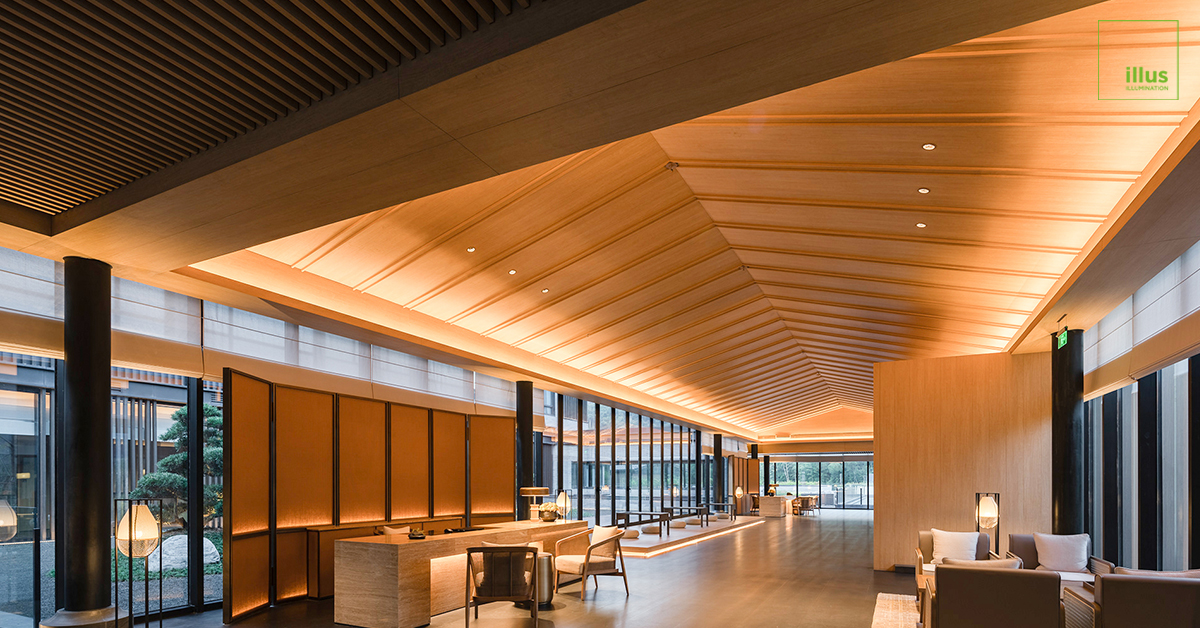What Is a Smart Lighting System and How Does It Work?
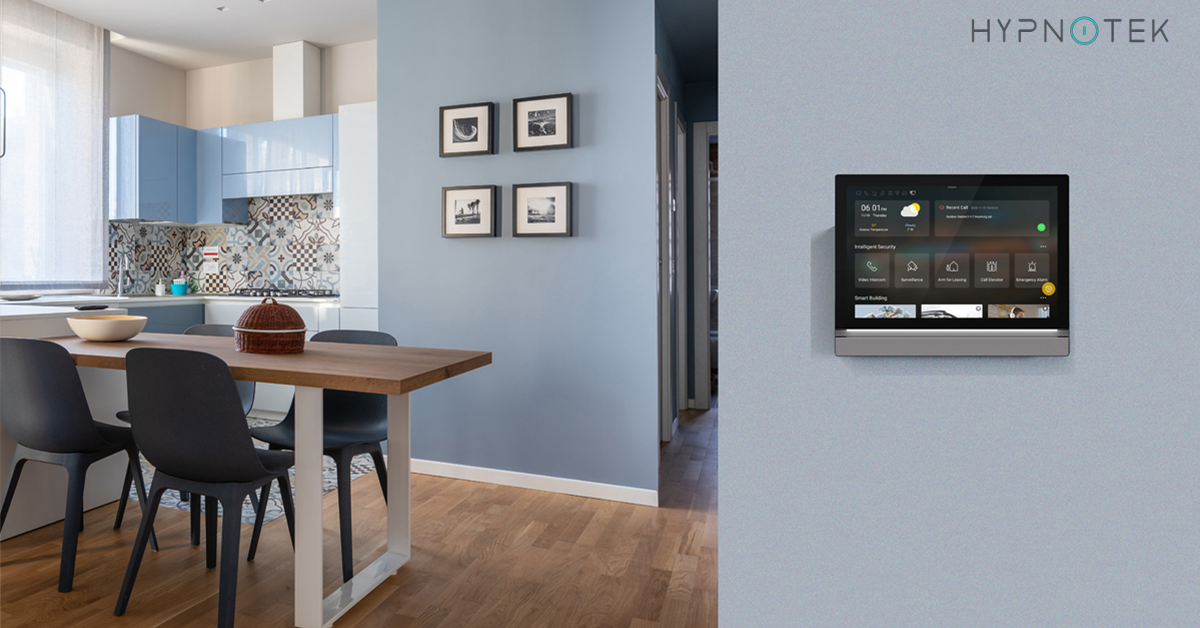
Lighting has evolved far beyond simple on-and-off switches. Today’s smart lighting systems combine technology, design, and connectivity to create spaces that are more comfortable, energy-efficient, and responsive. From homes and offices to hotels and commercial spaces, smart lighting is transforming the way people experience light.
But what exactly is a smart lighting system? How does it work, and why is it becoming such a key part of modern smart home solutions and intelligent building control? Let’s explore.
1. Understanding Smart Lighting Systems
A smart lighting system is a connected lighting solution that allows users to control brightness, color temperature, and even ambiance using a smartphone, tablet, wall-mounted smart panel, or touch screen. Instead of relying on traditional switches, it uses advanced communication technologies such as Zigbee wireless solutions, Bluetooth lighting, DALI2 smart lighting, and KNX control systems to manage lighting intelligently.
At its core, the goal of smart lighting is simple — to provide convenience, efficiency, and control. However, what makes it powerful is how seamlessly it integrates into smart home or smart building systems, working alongside sensors, automation platforms, and mobile apps.
2. How Smart Lighting Works
a. Communication Protocols
Smart lights connect through specific wireless or wired communication methods. The most common ones include:
Zigbee 3.0 Smart Lighting: Zigbee is one of the most popular wireless communication standards in smart lighting. It creates a mesh network where each light or device can relay signals to the next, ensuring stable and wide-ranging connectivity. Tuya Zigbee lighting solutions, for example, are widely adopted for their compatibility and reliable performance.
Bluetooth Lighting: Ideal for smaller installations or single-room control, Bluetooth lighting systems connect directly to a smartphone or smart panel without requiring a hub.
DALI2 Smart Lighting: The DALI (Digital Addressable Lighting Interface) protocol — particularly DALI2 — is often used in commercial buildings. It enables precise control of individual luminaires, scenes, and groups, supporting energy management and automation at scale.
KNX Smart Home Systems: As an international standard for building automation, KNX control offers a unified approach for managing lighting, HVAC, security, and shading systems. Being a KNX member also means compatibility across a wide range of devices and brands.
b. Smart Control and Automation
The core of every smart lighting system lies in its control logic. Users can adjust light levels manually through a smart screen or automatically through pre-set schedules and sensors.
For instance, lights can dim automatically when there’s enough daylight, or they can turn off when no motion is detected. With wireless control, you can adjust the mood of a space from anywhere — even remotely through a mobile app.
In hospitality and retail environments, programmable scenes allow managers to switch from bright daytime settings to warm evening ambiances with one touch. In offices, occupancy sensors ensure that energy isn’t wasted in unused rooms.
c. Integration With Smart Home and Building Systems
Modern smart lighting systems rarely operate alone. They integrate seamlessly with smart home solutions that include HVAC, audio, and security systems.
For example:
- A Tuya Zigbee wiring system can link lights, curtains, and sensors into one unified app.
- A KNX smart home setup can manage multiple building functions under one intelligent control platform.
- Voice assistants such as Alexa, Google Assistant, or Siri can be paired with smart light networks for hands-free control.
- This level of integration not only improves user convenience but also creates energy savings and enhances safety.
3. Key Features of Smart Lighting Systems
1) Wireless and Centralized Control
Through Zigbee wireless solutions, Bluetooth lighting, or DALI2 networks, smart lighting enables centralized control of every fixture in a space. Users can create customized lighting scenes, control multiple rooms, or monitor energy use — all from a smart panel or smartphone app.
2) Adaptive Brightness and Color Temperature
A well-designed smart lighting system can automatically adjust brightness levels based on the time of day or occupancy. Tunable white or RGB lighting allows users to shift from cool white for focus to warm tones for relaxation, supporting both comfort and productivity.
3) Energy Efficiency
Smart control features such as motion sensors, daylight harvesting, and dimming schedules can significantly reduce energy consumption. Many businesses see substantial savings after upgrading to smart lighting, especially when paired with LED luminaires.
4) Scene Customization
Smart lighting enables personalized scenes. For example:
- A “morning” scene with bright, cool light
- A “movie” scene with soft, dimmed lighting
- A “work” scene optimized for task lighting
These scenes can be triggered manually or automatically, enhancing the atmosphere for any situation.
5) Scalability
From a single smart home setup to large commercial installations, smart lighting systems are scalable. Using DALI2 smart lighting or KNX control, thousands of fixtures can be grouped and managed under one system, ensuring flexibility for future expansion.
4. Common Smart Lighting Technologies
Zigbee 3.0 and Tuya Zigbee Lighting
Zigbee 3.0 combines reliability and low power consumption with strong interoperability. Many Tuya Zigbee lighting products support multi-platform connectivity, enabling control through voice assistants and mobile apps.
Its mesh topology ensures consistent performance, making it suitable for both residential and commercial projects.
DALI2 Smart Lighting
DALI2 adds advanced features to the traditional DALI protocol, such as standardized control devices and easier system integration. It’s widely used in offices, hotels, and retail environments for its stability and precision.
KNX Smart Home and Building Systems
With over 500 members worldwide, KNX represents one of the most established automation standards. KNX smart home systems support lighting, climate control, and security integration within one protocol — ideal for projects requiring long-term reliability and scalability.
Bluetooth Mesh Lighting
Bluetooth mesh provides a simple, hub-free solution for small to mid-sized projects. It’s easy to install, cost-effective, and supported by most modern smartphones.
5. Benefits of Smart Lighting Systems
Enhanced Comfort and Experience
With personalized control, users can adjust lighting to match moods, activities, or circadian rhythms. Lighting becomes more than illumination — it becomes part of the lifestyle experience.
Greater Energy Savings
By integrating smart control with motion and daylight sensors, lighting systems automatically optimize brightness and timing, minimizing unnecessary energy use.
Remote and Wireless Control
From smart panels to mobile apps, users have complete freedom to control their lighting anytime, anywhere. This level of wireless control enhances convenience and efficiency.
Future-Ready Technology
As buildings evolve toward intelligent automation, adopting Zigbee 3.0 smart lighting, KNX control, or DALI2 smart lighting ensures compatibility with future upgrades and emerging IoT systems.
6. Applications of Smart Lighting Systems
Smart lighting isn’t limited to residential spaces — it’s increasingly used across industries:
- Residential: Apartments, villas, and smart homes using Tuya Zigbee wiring systems or Bluetooth lighting for daily comfort.
- Commercial Buildings: Offices and retail stores leveraging DALI2 or KNX control for energy management and aesthetic design.
- Hospitality: Hotels adopting Zigbee wireless solutions for room control, guest convenience, and centralized operation.
- Education and Healthcare: Institutions improving focus, safety, and wellbeing through circadian and responsive lighting strategies.
7. Choosing the Right Smart Lighting Partner
When selecting a smart lighting system, it’s important to consider not only technology but also design quality, compatibility, and after-sales support. The ideal partner should offer:
- Experience in Zigbee, DALI2, and KNX control systems
- Seamless integration with Tuya Zigbee and other global platforms
- User-friendly smart panels and touch screens
- Customization options for both residential and commercial projects
8. Smart Lighting by illus Lighting
illus Lighting specializes in high-end modern smart lighting solutions that combine cutting-edge technology with refined design aesthetics. The company’s product range includes intelligent luminaires, control systems, and automation interfaces that support Zigbee 3.0, DALI2, Bluetooth lighting, and KNX smart home integration.
By offering smart control, wireless connectivity, and customized lighting experiences, illus Lighting helps clients worldwide create smarter, more sustainable spaces.
Whether it’s a smart home, office, or hotel, illus Lighting delivers integrated systems that bring light, intelligence, and beauty together — all designed for the modern world.
Conclusion
A smart lighting system is more than an upgrade — it’s a pathway to intelligent living and efficient building management. Through Zigbee wireless solutions, DALI2 smart lighting, KNX control, and Tuya Zigbee wiring systems, users gain effortless control, better energy performance, and enhanced experience.
As the demand for smart home solutions and intelligent building automation continues to rise, choosing the right lighting technology — and the right partner — will define the success of every modern space. For tailored, high-quality smart lighting systems, illus Lighting provides the expertise, innovation, and reliability that global clients trust.
Get in touch with our team today at [email protected] to discuss your smart lighting project and discover the perfect solution for your needs!
